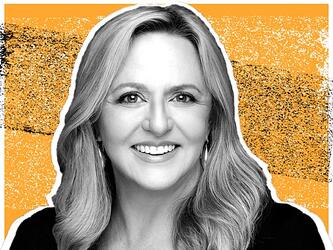Mintel Futures aims to offer clients long term trend forecasts
Mintel says it has identified the six trends as the biggest areas of opportunity for businesses, based on them having the broadest demographic, market coverage and greatest commercial product, service and packaging potential. These are human; generation next; old gold; East meets West; access anything anywhere and brand intervention (see below).
The six trends highlighted by the Mintel Futures initiative
Human
Automation and mass production will continue to make life easier, but consumers and companies will react by valuing – and promoting – human service and artisan goods.
Generation Next
A poor economy is challenging teenagers’ ability to rebel, to progress and to stay healthy, but they are also better connected than their parents and growing up in an era where sustainability and gender equality are higher on the agenda. This means teens need – and expect – more from companies.
Old Gold
Whether retired, working or in need of care, the elderly are the key consumer demographic
East Meets West
Asia can become the key cultural, as well as commercial, influence.
Access Anything Anywhere
Our smartphones and tablets won’t just change the way we communicate, they will change the way we live.
Brand Intervention
The state will force corporations to become more responsible for consumers.
Richard Cope, director of insight and trends at Mintel (pictured), said: “Mintel Futures examines cross category, cross-sector consumer trends, enabling organisations to stay one step ahead. We have devised the Mintel Futures initiative to be a wake-up call for clients – something to stimulate team discussion, suggest new projects and strategic approaches and pose questions for their business.
“It works because its longer term outlook avoids the limitations of a year ahead approach and is more actionable for our clients who are in the planning stages of activity set to impact in the same timeframes we are looking towards.”

We hope you enjoyed this article.
Research Live is published by MRS.
The Market Research Society (MRS) exists to promote and protect the research sector, showcasing how research delivers impact for businesses and government.
Members of MRS enjoy many benefits including tailoured policy guidance, discounts on training and conferences, and access to member-only content.
For example, there's an archive of winning case studies from over a decade of MRS Awards.
Find out more about the benefits of joining MRS here.











0 Comments